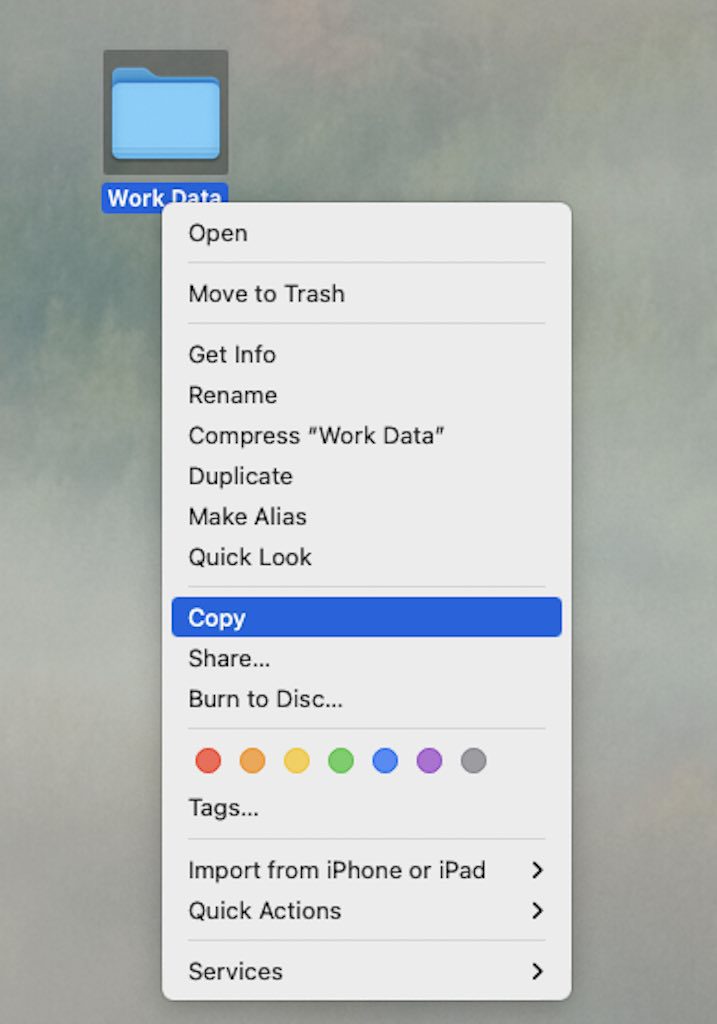Most organizations don’t realize it’s happened until it’s too late.
A key employee leaves. A long-time client suddenly shifts their loyalty without warning. Or weeks later, a competitor rolls out a suspiciously similar product or pitch. In both cases, the culprit may be the same: stolen intellectual property (IP).
Trade secret theft doesn’t always involve elaborate hacking or complex sabotage. Often, it walks out the front door, carried off by a departing employee who didn’t fully understand (or chose to ignore) their obligations.
Digital forensics gives us insight into how these losses happen and how they can be detected, responded to, or prevented.
Common Exit Strategies: How IP Goes Missing
Here are some of the most common methods we see during IP theft investigations involving former employees or contractors:
1. USB Drives and External Media
Quick, portable, and easy to conceal. USB drives are one of the most frequent tools for copying sensitive data, often within the final hours of employment. Logs can show when devices were connected and what files were accessed or transferred.
2. Cloud Sync and Personal Email
Services like Google Drive, Dropbox, and iCloud make it easy to move large amounts of data off-site. Sometimes this is done through installed apps, but often, employees will email files to themselves using personal accounts. These actions often leave behind traces in web history, email logs, and sync records.
3. Screenshots and Photos
Even when file transfers are restricted, some employees try to bypass restrictions by photographing screens, especially during remote sessions. This can include client lists, pricing models, or unreleased design elements.
4. Printing and Hard Copies
Not everything leaves digitally. Printing confidential documents or reports is still a method of IP theft, especially in industries where physical references are still common. Printer logs and badge access records can help uncover these incidents.
5. Account Access After Departure
Some employees continue accessing systems using saved credentials or backdoor accounts if off-boarding procedures are incomplete. This “ghost access” can allow them to retrieve sensitive data long after they’ve left.
Real-World Red Flags
If you’re worried about potential IP theft, here are a few behaviors we often find in hindsight:
- Unusual working hours or late-night logins in the days leading up to departure
- Sudden access to files or folders outside of the employee’s typical scope
- Last-minute use of USB drives or cloud-sharing apps
- Deletion of browser history or log files before return of a device
- Attempts to wipe or reset company-issued laptops or phones
These activities don’t always point to wrongdoing, but when taken together, they can tell a story worth investigating.
How to Respond If You Suspect IP Theft
If you’re in the early stages of suspicion, here are immediate steps you can take:
- Preserve the Evidence
Set aside laptops, phones, and access logs. Avoid turning devices on or off, preservation is key. - Notify Legal Counsel Early
Legal teams can help guide next steps, especially if litigation or injunctions may be necessary. - Forensically Image Key Devices
Creating a forensic image ensures the data is preserved exactly as it was, without alteration. - Review Logs and Access Records
Check for off-hours access, use of USB ports, or connections to personal cloud accounts. - Limit Continued Access
Disable active accounts, remote access, and credentials tied to the departing employee.
Proactive Tips for Protecting IP
While investigations can uncover what happened, prevention is even more effective. Here are a few proactive measures:
- Clear Offboarding Protocols: Revoke access the same day employment ends.
- Audit Tools: Use software that tracks file access, transfers, and external device use.
- Exit Interviews: Reiterate IP ownership and confidentiality obligations in writing.
- Least-Privilege Access: Don’t give employees access to more data than they need.
- Regular Forensic Snapshots: Especially for high-risk roles or sensitive departments.
IP theft rarely looks dramatic in the moment. It often happens quietly, in small actions that seem harmless, until you see the big picture. With the right awareness and response, businesses can minimize risk, protect what matters, and act decisively when concerns arise.
Whether you’re dealing with a recent departure or putting preventive measures in place, understanding the pathways of IP loss is the first step in securing your competitive edge.
About Swailes Computer Forensics
Swailes Computer Forensics provides expert digital forensic services to law firms, corporations, and organizations nationwide. Our work includes investigations into intellectual property theft, employee misconduct, data breaches, and more. With decades of experience and a commitment to integrity and clarity, we help clients uncover critical evidence and take informed action.
If you’re facing a potential case of employee data theft or have concerns about unauthorized activity, contact us for a confidential consultation.
